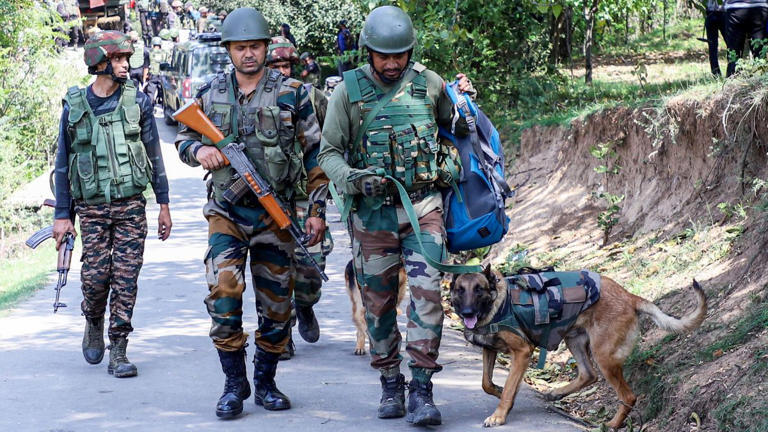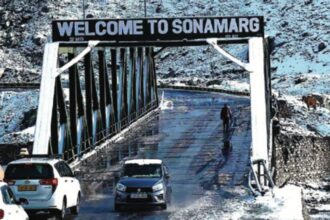In recent weeks, intelligence agencies have observed a troubling resurgence in anti-India social media activity orchestrated by terrorist organizations based in Pakistan and Pakistan-occupied Kashmir (PoK). This increase is seen as part of a broader strategy to revive local recruitment for terrorism in Jammu and Kashmir (J&K), a region that has been a flashpoint for conflict between India and Pakistan for decades.
Recent Developments
Surge in Social Media Posts
Intelligence reports indicate that over 2,000 objectionable social media posts were identified within the last month alone, a dramatic increase from just 89 posts during the same period last year. These posts span various platforms, including Facebook, X (formerly Twitter), Telegram, and the Dark Web. The content primarily promotes terrorism, secessionism, and threats against India. Specifically, out of these posts:
- 130 were directly related to terrorism.
- 33 supported separatist ideologies.
- 310 included threats targeting public infrastructure and places like schools.
This surge is interpreted as a strategic effort by Pakistan-backed terror outfits to manipulate public sentiment and lure local youth into participating in terrorist activities.
Recruitment Trends
Despite the increase in online propaganda, local interest in joining terrorist organizations appears to be declining. Only four individuals from J&K have joined these groups this year, compared to 22 in 2023 and 113 in 2022. This trend suggests that while the online presence of these groups is growing, their effectiveness in recruiting local youth is diminishing. Currently, there are approximately 30 local terrorist organizations operating in J&K, contrasted with 75–80 foreign terrorists, indicating a shift in the operational landscape.
Analysis of Social Media Tactics
The current wave of social media activity can be viewed through several analytical lenses:
- Psychological Warfare: The posts serve as a form of psychological warfare aimed at creating an environment of fear and uncertainty among the local population. By portraying terrorists as heroes or martyrs—similar to how Burhan Wani was idolized before his death in 2016—these groups seek to inspire admiration and emulate their actions among impressionable youth.
- Desperation for Recruitment: The sharp rise in anti-India posts may reflect desperation among these groups due to their failure to recruit effectively. As local interest wanes, they may resort to more aggressive online campaigns to attract attention and generate support.
- Preparation for Future Operations: Officials speculate that this surge could be indicative of preparations for heightened terrorist activities anticipated in the summer of 2025. This suggests that while current recruitment efforts are faltering, there may be strategic plans in place for future operations that could escalate violence in the region.
Conclusion
The rise in anti-India social media activity by terrorist outfits underscores the ongoing complexities of countering extremism in Jammu and Kashmir. While local recruitment appears to be on the decline, the strategic use of social media for propaganda remains a significant challenge for Indian security agencies. As these groups adapt their tactics to exploit digital platforms for influence, it becomes imperative for authorities to develop effective counter-narratives that resonate with local populations and mitigate the impact of extremist messaging. Addressing the root causes of discontent and fostering community resilience will be crucial in combating this persistent threat.







